Vinashin move raises eyebrows
The restructuring of the nation’s largest shipbuilder announced last week raised concerns that other state economic groups may be lulled into a false sense of security.
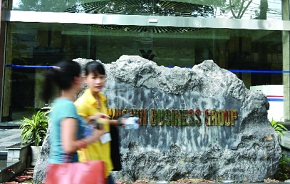 The giant shipbuilder’s restructuring gives a warning signal to the supervision of other groups |
According to a restructuring plan, Vinashin must hand over 13 shipyards, shipbuilding industrial parks and shipping lines to PetroVietnam and Vinalines. That means the two state giants will also have to absorb Vinashin’s debts.
Vinashin will only keep important manufacturing factories which serve its core shipbuilding business. The government will also give financial support to help Vinashin implement unfinished shipbuilding projects.
“The restructuring will create conditions for Vinashin to reduce its debts and increase capital for unfinished shipbuilding projects,” said the MoT’s statement.
While pointing to financial troubles caused by the global financial crisis which delayed and canceled shipbuilding contracts, the MoT also admitted ineffective investments, weak project management, poor money inflows and debt were reasons for the restructuring.
However, the restructuring would also be seen as a warning signal for the pilot state-owned economic group model, said independent economist Nguyen Quang A.
He said the financial trouble was not only the fault of Vinashin, but also showed problems in supervising the group which was given too many rights and incentives. He added it was time for the government to review the model. “Vinashin’s restructuring is an alarm about the effectiveness of other groups,” he said.
So far the government has established 11 piloting state-owned economic groups like Electricity of Vietnam, Vietnam National Oil and Gas Group, Vietnam Textile and Garment Group and Vietnam Rubber Group. Most of those groups, like Vinashin, are expanding business operations outside core business such as finance and property.
The government expects these groups to be key economic players to help stabilise the macroeconomy. However, some economists warned the model would create sole market players with too many government incentives.
The National Assembly’s Standing Committee late last year released a report showing that the debts at state-owned groups and corporations were at danger level, warning that the government should have specific actions.
“The government’s affectionateness given to state-owned groups and corporations create spoilt children, in which Vinashin is a typical case,” said veteran economist Pham Chi Lan.
She said nobody could ensure that there would not be another case like Vinashin because other pilot state-owned groups were given rights and incentives like the giant shipbuilder and “they also have common weaknesses in management skills while the supervising measures of the government has not yet been tightened.”
Right after the MoT revealed Vinashin’s restructuring, some analysts raised concerns that this could be a negative precedent for other state-owned giants.
“Other groups and corporations may believe that they would also be rescued once they fall into difficult situations like Vinashin. This is very dangerous because it will not encourage them to use the investment capital in an effective way,” said Nguyen Minh Phong, head of the Research Economic Department under Hanoi Institute for Economic and Social Development and Research.
“The government should let everyone know how Vinashin’s leader should be punished. That would be a mirror for the leaders at other state-owned groups and corporations,” said Lan.
What the stars mean:
★ Poor ★ ★ Promising ★★★ Good ★★★★ Very good ★★★★★ Exceptional
Latest News
More News
- Russia’s Pskov oblast always welcomes Vietnamese investors (August 30, 2024 | 10:46)
- 500kV circuit 3 transmission line inaugurated on August 29 (August 29, 2024 | 11:59)
- Ba Ria-Vung Tau’s BR-VT Smart app makes breakthrough in digital transformation (August 29, 2024 | 10:00)
- Hung Yen bags upbeat outcomes in socioeconomic development (August 28, 2024 | 19:00)
- FDI attraction to Vietnam: the myths versus the reality (August 28, 2024 | 18:00)
- Asia Pacific manufacturers prioritise digital transformation; struggle with innovation pace (August 28, 2024 | 12:41)
- Private airport investment solutions still out of reach (August 28, 2024 | 09:50)
- Private investment in railway industry yet to shine (August 28, 2024 | 09:00)
- Chinese ceramic group Hualian eyes a $200 million investment in Thai Binh (August 27, 2024 | 17:37)
- Barriers must be removed for vital transport infrastructure (August 27, 2024 | 17:09)

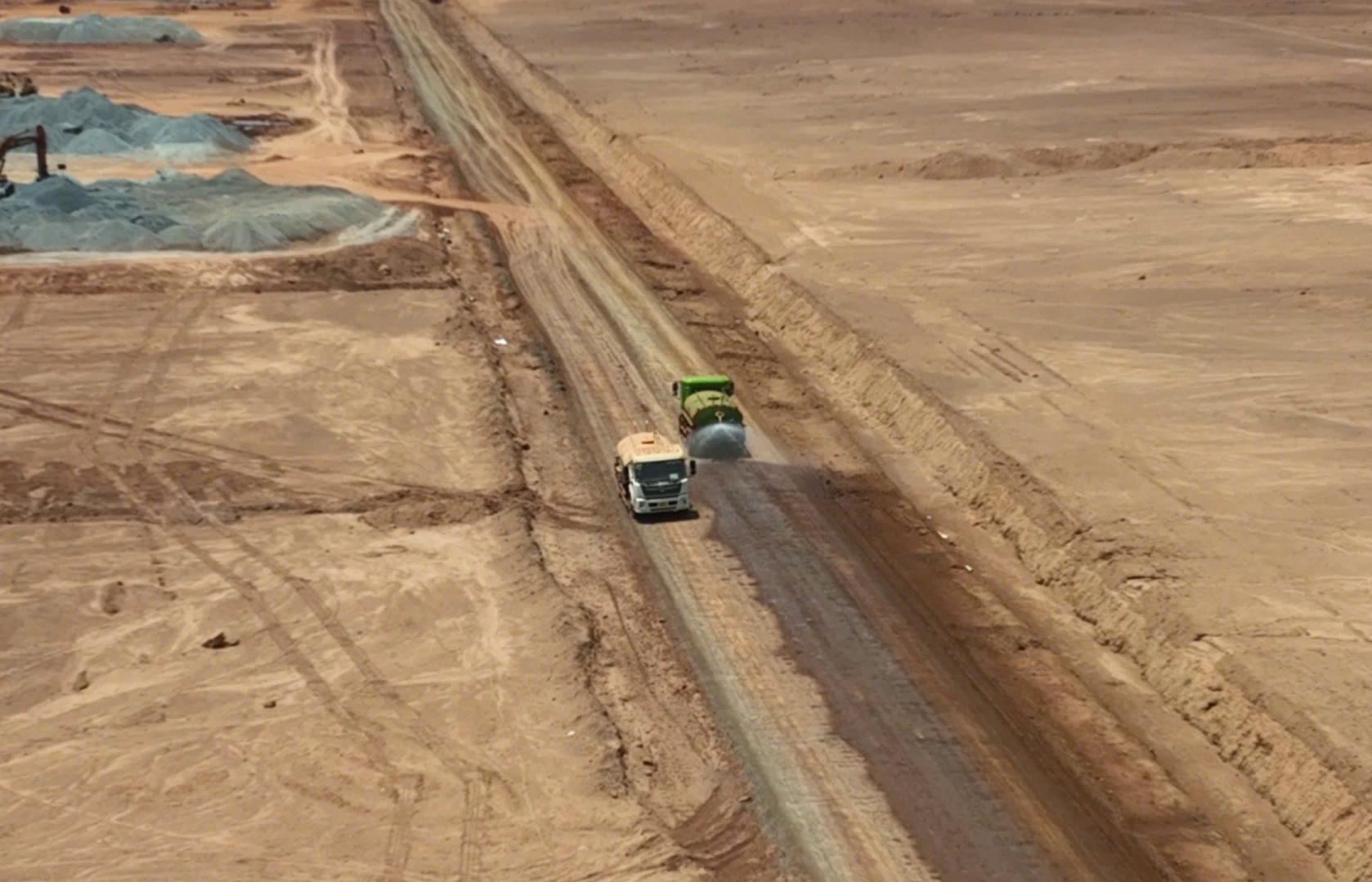
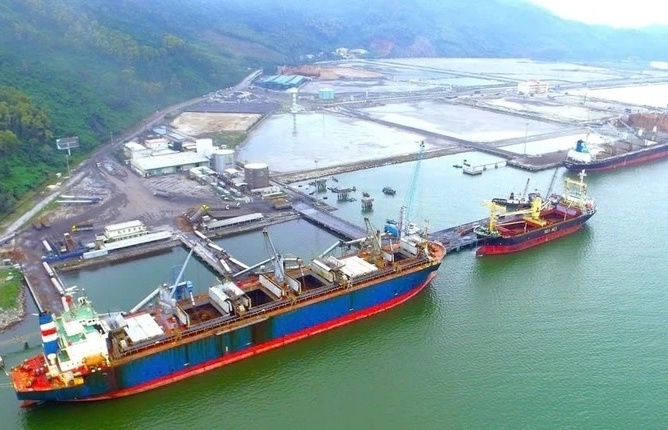
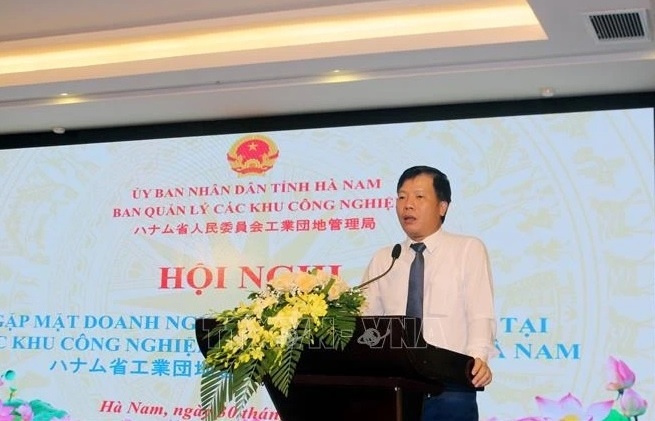
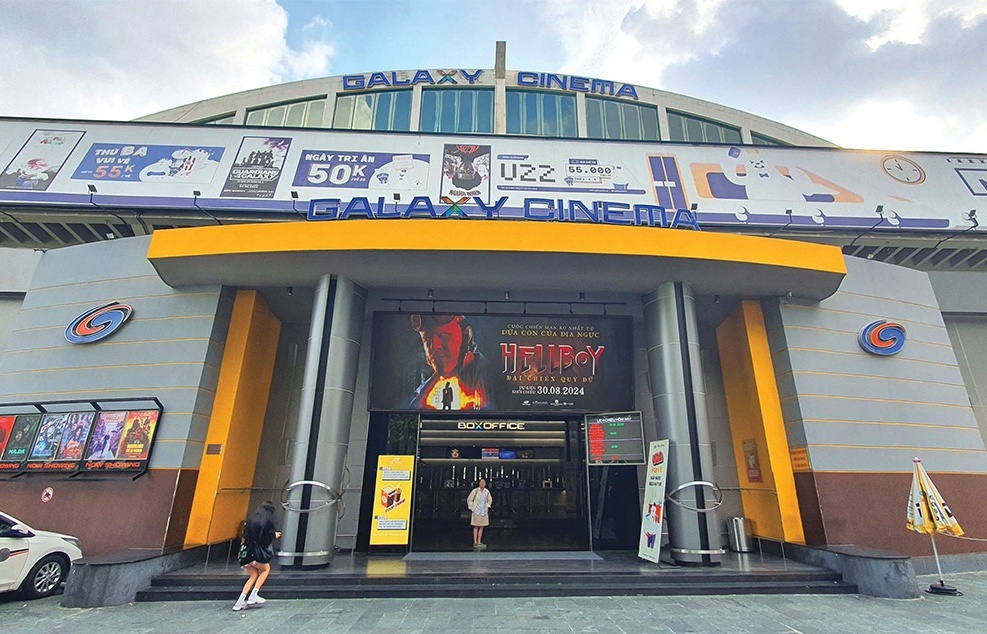
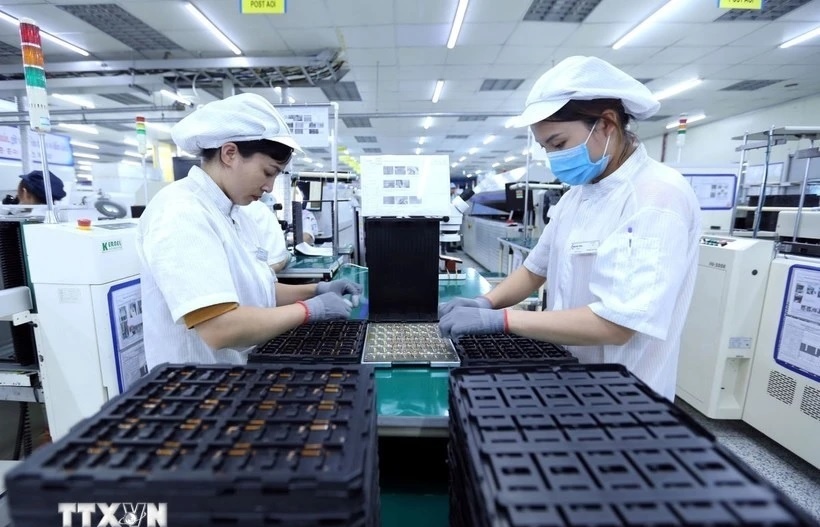





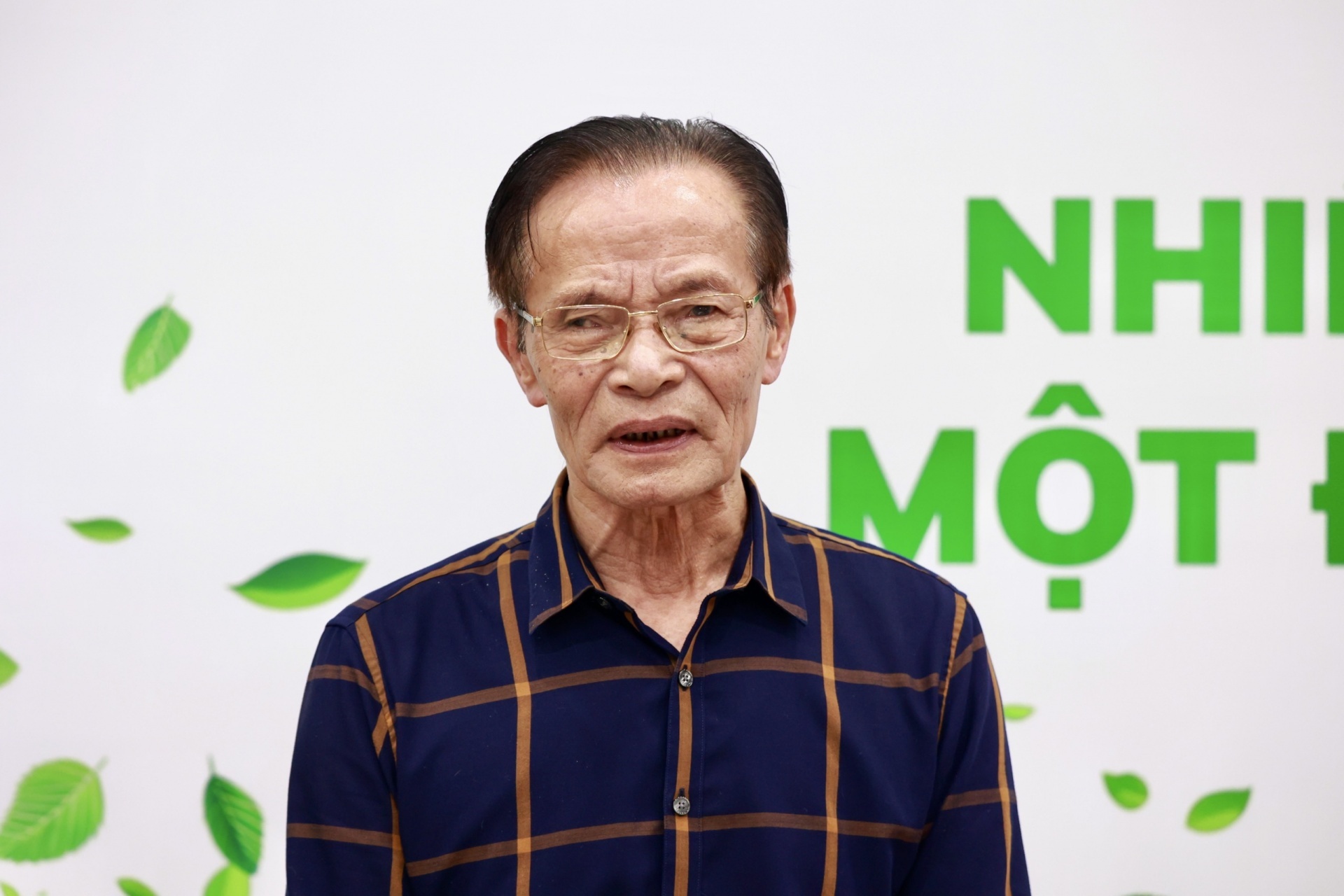
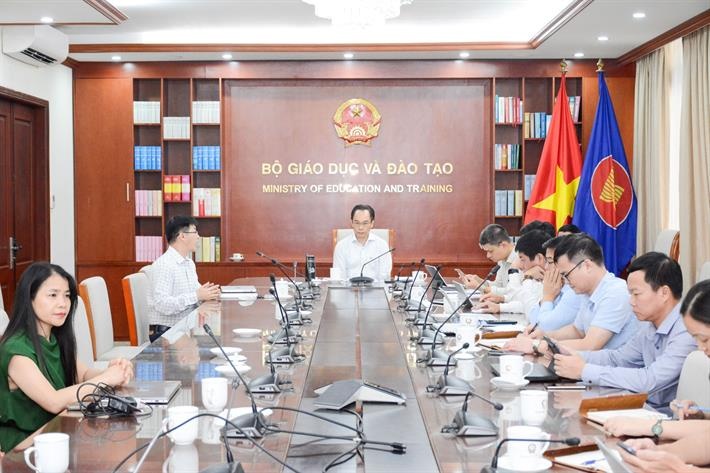
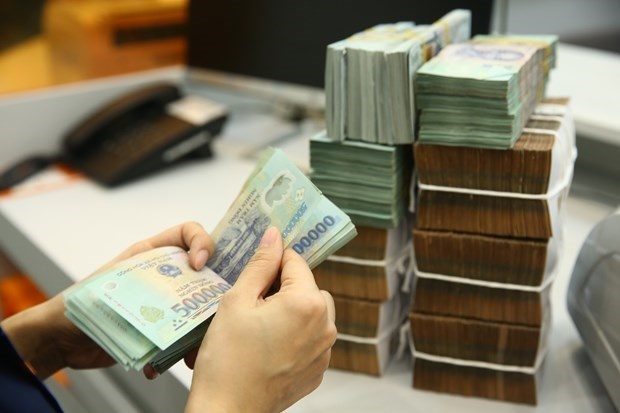



 Mobile Version
Mobile Version